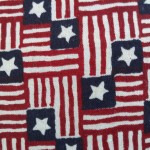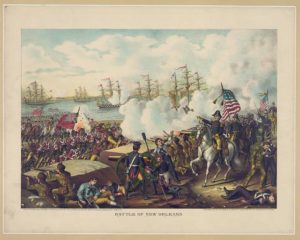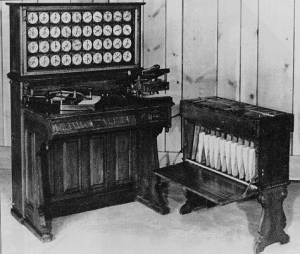
George Washington
George Washington gave the first State of the Union message in 1790. The Constitution requires that the president “shall from time to time give to the Congress information of the state of the union, and recommend to their consideration such measures as he shall judge necessary and expedient.” Washington chose to deliver this message via a speech. So did John Adams. However, from Jefferson to Taft the messages were reports, often lengthy and detailed, delivered to Congress. Washington’s State of the Union message suggested that the military be strengthened and that a standard set of weights and measures be developed. Children can read his message, and find all the other State of the Union messages, at an amazing website: http://www.presidency.ucsb.edu/ws/index.php?pid=29431


